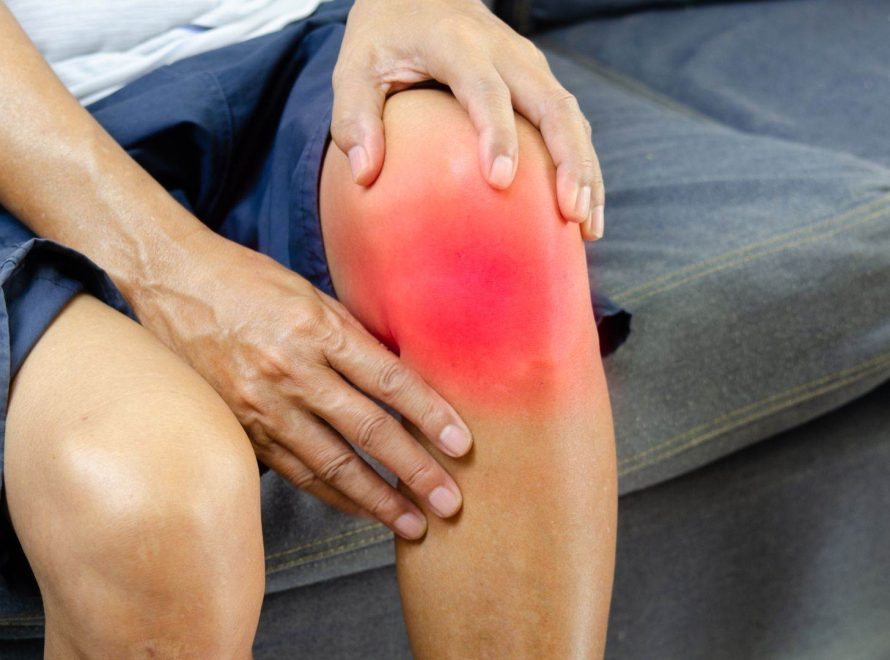Cupping therapy, an ancient healing practice that traces its roots to traditional Chinese medicine, has gained significant popularity in modern wellness circles. This non-invasive technique involves placing cups on the skin to create suction, promoting blood flow, and relieving various ailments. In this comprehensive guide, we’ll delve into the diverse benefits, varied techniques, and important precautions associated with cupping therapy.
Benefits of Cupping Therapy
1. Improved Blood Circulation and Pain Relief
One of the main benefits of cupping therapy is its ability to improve blood circulation. When the cups are applied to the skin, they create a suction effect that increases the flow of blood to the treated area. This increased circulation helps to relieve muscle tension, reduce inflammation, and alleviate pain.
2. Detoxification and Immune System Boost
Cupping therapy stimulates the lymphatic system, which plays a crucial role in detoxification. By promoting the movement of lymphatic fluid, cupping helps eliminate toxins and waste products from the body. Additionally, cupping therapy has been found to boost the immune system, making it more effective in fighting off infections and illnesses.
3. Relief from Respiratory Conditions
Cupping therapy can be particularly beneficial for individuals suffering from respiratory conditions such as asthma and bronchitis. The suction created by the cups helps to open up the chest and improve lung function, making it easier to breathe. Many people have reported a significant reduction in symptoms and improved respiratory health after consistent cupping therapy sessions.

4. Stress Reduction and Relaxation
In today’s fast-paced world, stress and anxiety have become a regular part of our lives. Cupping therapy offers a natural and effective way to combat stress and promote relaxation. The gentle suction of the cups stimulates the nervous system, triggering the body’s relaxation response. This leads to a decrease in anxiety, better sleep quality, and an overall sense of calm.
Techniques Used in Cupping Therapy
Cupping therapy involves various techniques that have evolved over centuries. Here are some commonly used techniques:
1. Dry Cupping
Dry cupping is the most commonly practiced form of cupping therapy. It involves placing cups on the skin and creating a suction effect by removing the air inside the cup. The cups are usually left in place for a few minutes, allowing the suction to draw blood to the area and promote healing.
2. Wet Cupping
Wet cupping, also known as hijama, takes the practice of cupping a step further. After the cups are applied to the skin and removed, small incisions are made, and the cups are reattached to draw out a small amount of blood. Wet cupping is believed to be more effective in removing toxins from the body and promoting overall health.
3. Fire Cupping
Fire cupping is a traditional technique that involves heating the cups using an open flame before applying them to the skin. As the air inside the cup cools down, it creates a vacuum effect, suctioning the skin into the cup. Fire cupping is often used for deep tissue massage and treating muscle pain and stiffness.
4. Massage Cupping
Massage cupping combines the benefits of cupping therapy with massage techniques. Instead of leaving the cups in place, the therapist applies oil to the skin and uses the cups to glide over the muscles. This technique helps to release muscle tension, improve circulation, and enhance overall well-being.
Precautions for Cupping Therapy:
1. Professional Guidance
Seek the expertise of a qualified and experienced cupping therapist. Professional guidance ensures the correct application of cups and minimizes the risk of complications.
2. Avoid Broken Skin
Cupping should not be performed on areas with cuts, bruises, or irritated skin. The suction may exacerbate existing skin conditions and cause unnecessary discomfort.
3. Hygiene is Key
Ensure that the cups and the surrounding environment are clean and sanitized. This prevents infections and ensures a safe cupping experience.
4. Individualized Approach
Cupping therapy may not be suitable for everyone. Individuals with certain health conditions, such as hemophilia or skin sensitivities, should consult a healthcare professional before undergoing cupping.
In conclusion
cupping therapy offers a myriad of wellness benefits when approached with knowledge and caution. Whether seeking relief from pain, detoxification, or relaxation, understanding the techniques and taking necessary precautions is essential for a safe and effective cupping experience. Always consult with a qualified practitioner to tailor the therapy to your individual needs, contributing to a holistic approach to well-being.
By incorporating Ayurvedic principles into your daily routine, you can experience long-term relief from various ailments & diseases. Contact us today to book a Residential treatment program with Atmabodh Patanjali Wellness for a holistic solution for managing various ailments & diseases. You can email us at info@atmbodhwellness.com or call +919699740189 to book your personalized retreat.



